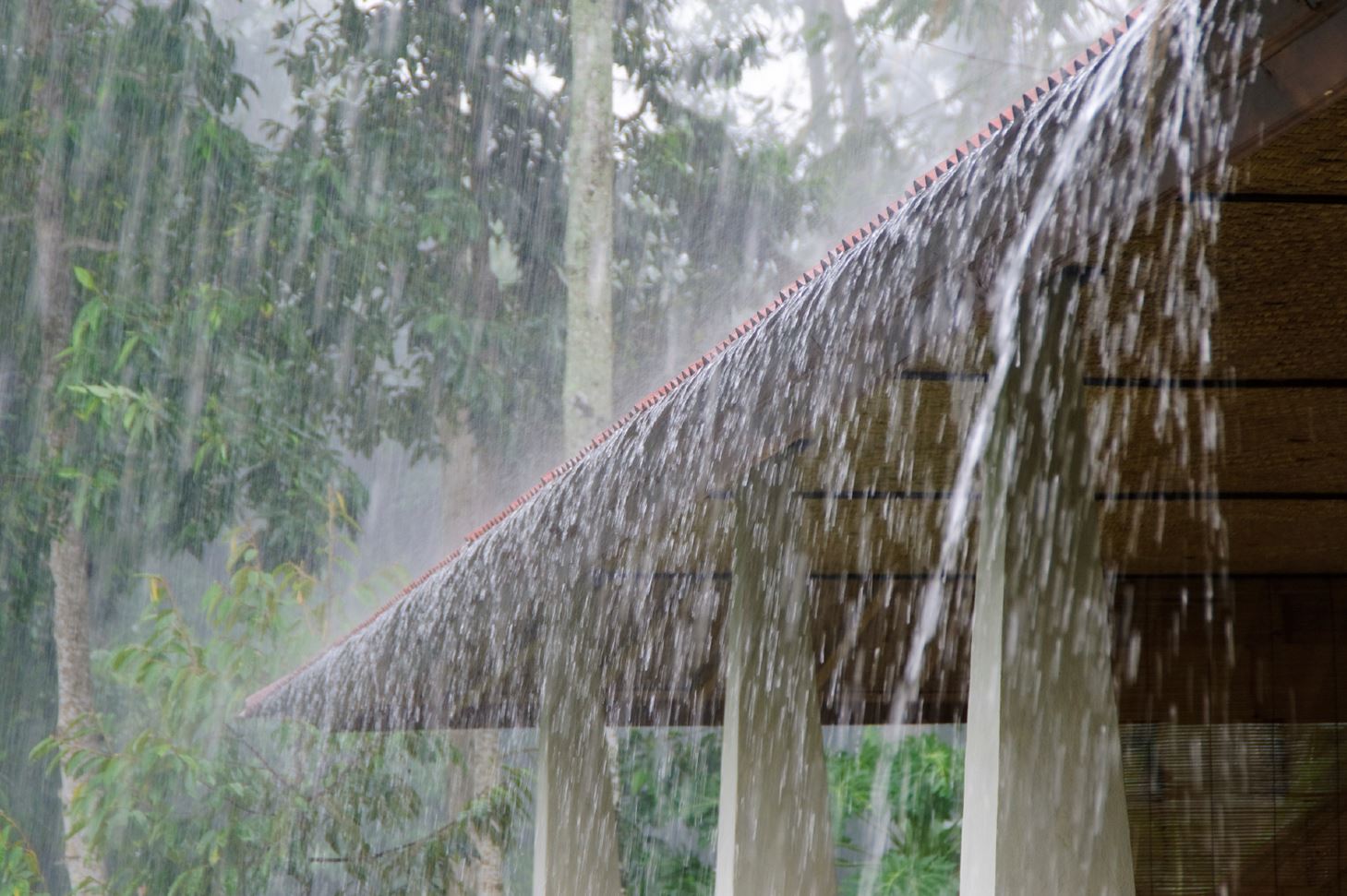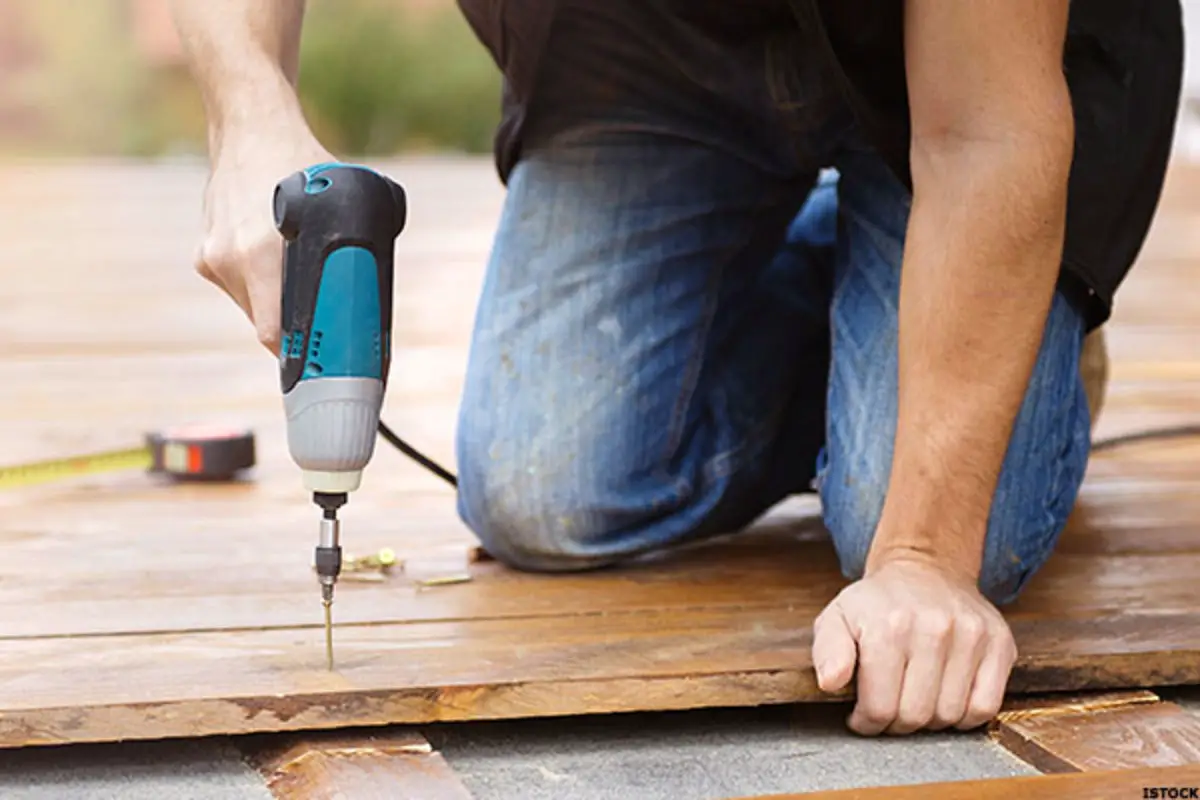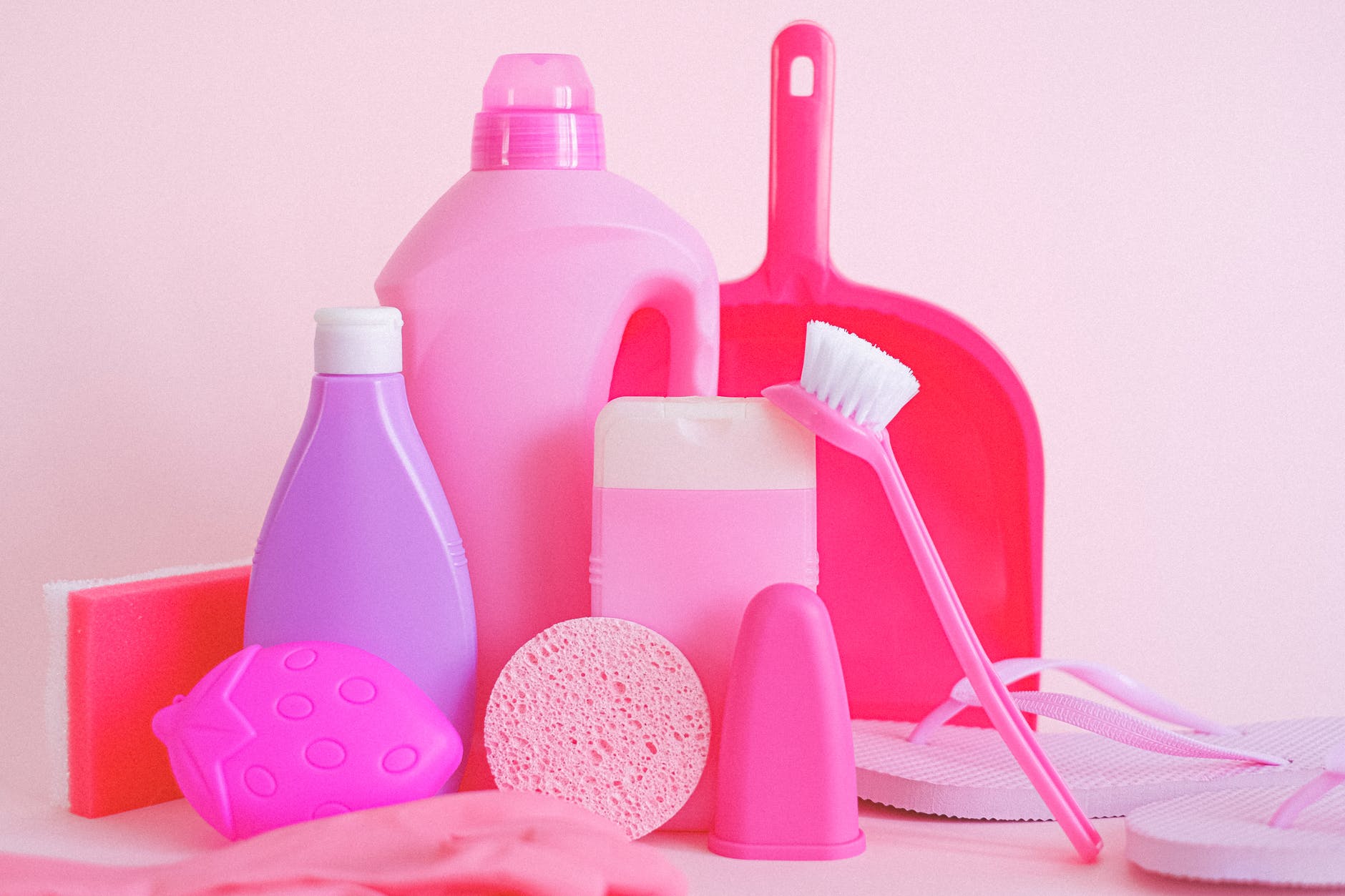Have you ever noticed stains on certain parts of your ceiling? Perhaps you can even see the ceiling changing shape, like warping or bowing. These could be signs that you have a moisture problem in your roof.
Any part of the home that doesn’t have proper ventilation is at risk of producing a lot of condensation. This condensation build-up can quickly turn into a major moisture problem and have costly repercussions. Damage to timber, ceilings, as well as the risk of dangerous mould are all risks.
Luckily, there are a few simple things you can check to make sure there’s not too much moisture building up in your roof cavity.
Ensure proper ventilation
Ensuring your roof cavity has proper ventilation is crucial to avoiding moisture problems. This is particular important in summer, because your ceiling insulation is designed to stop warm air entering the home. Much of that heat enters through the roof, which absorbs so much of the sun’s warmth during the day. If the heat enters the roof cavity but doesn’t go into your home, it has to go somewhere. If it can’t go anywhere, it makes your roof cavity hot, humid and ultimately you end up with moisture problems.
Use quality ceiling insulation
Using quality ceiling insulation can prevent moisture build-up in your roof cavity. If it’s highly rated for thermal performance, it will stop the warm air from escaping the inside of your home. Especially in winter, this prevents a build-up of hot air in your roof cavity, which usually leads to moisture problems without the proper ventilation.
So, use quality ceiling insulation batts, because it will help keep your home comfortable, save you money, and also prevent moisture issues.
Make sure vents lead outside
Another thing to check is all the vents in your home. Vents allow air to flow appropriately through the home. Or, specifically, out of the home. There are several vents in your home that you may not even think about. Above your stove, for example, you have a vent. In bathrooms, you have fans and vents to help hot, humid air escape the room. Ensure that all these vents are actually going outside of your home. If they’re actually leading to the roof cavity, you’re avoiding moisture problems in one room but creating even worse ones in the roof.
Proper roof insulation
When warm air hits a cold surface, the air reaches its dew point and condenses. This is a very simplified explanation of how condensation forms, however it’s particularly relevant when discussing roof insulation. In winter, your roof itself is going to be quite cold. However, it’s likely the air inside your house is warm, especially if you spend a lot of time there with the heaters going.
So, when that warm air makes its way into your roof cavity, it can hit that cold roof surface and start condensing. This is why it’s important to have proper roofing ventilation. This is usually applied during the roof installation process, so if you don’t have the right insulation sheeting between the roof and your roof cavity, you’re risking serious moisture problems.






